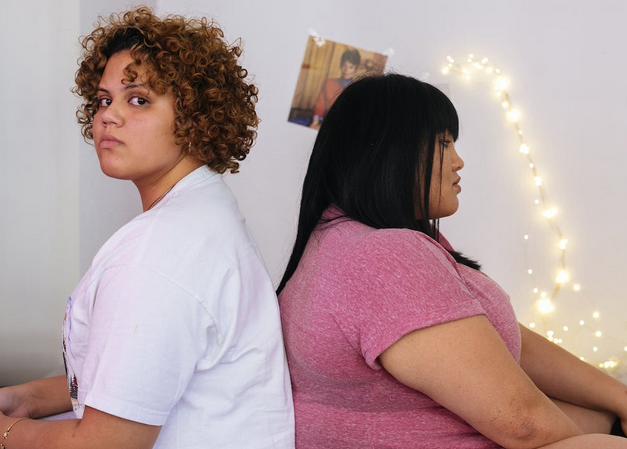Love and relationships come in various forms, and as society evolves, so does our understanding of what it means to connect with others. One such evolution is the exploration of open relationships, a non-traditional approach to love and commitment. In this article, we’ll explore the concept of open relationships, shedding light on what they entail and providing insights into navigating these unique relationship dynamics with respect, communication, and understanding.
Defining Open Relationships

Open relationships involve consensually exploring romantic and/or sexual connections outside the traditional boundaries of a monogamous partnership. In open relationships, individuals may engage in relationships with multiple partners, fostering a sense of autonomy and freedom while maintaining transparency and honesty.
Establishing Boundaries
Boundaries in open relationships are essential for maintaining trust and emotional well-being. Discuss and agree upon what is comfortable and acceptable for all involved. This may include guidelines regarding communication, the types of relationships allowed, and the level of disclosure about outside connections.
Understanding Jealousy and Addressing Insecurities

Jealousy and insecurities are natural emotions that can arise in any relationship, open or otherwise. It’s essential to address these feelings openly and constructively. Communicate about what triggers these emotions, explore the root causes, and work together to find solutions that promote emotional well-being.
Seeking Support and Guidance
Navigating the complexities of open relationships can be challenging. Seeking support from friends and therapists or joining communities of like-minded individuals can provide valuable perspectives and guidance. Learning from the experiences of others can be instrumental in addressing challenges and fostering personal growth.
Knowing When It’s Not Right
Open relationships are not suitable for everyone, and it’s essential to recognize when it might not be the right choice for you. If the dynamics become detrimental to the well-being of any party involved, it’s crucial to reassess the situation and make decisions that prioritize emotional health and happiness.
Considering Regular Check-ins and Reevaluation

Open relationships require ongoing communication and periodic check-ins. Regularly revisit the established boundaries and assess how everyone is feeling within the dynamic. Open and honest discussions help prevent misunderstandings and allow for adjustments as the relationship evolves.
Open relationships, while unconventional, can be deeply fulfilling for those who embrace them with honesty, communication, and respect. Navigating non-traditional relationship dynamics requires a foundation of trust and a commitment to understanding the needs and boundaries of all parties involved. As society continues to evolve, embracing diversity in love allows individuals to explore unique paths to connection, intimacy, and personal growth. Whether pursuing open relationships or opting for more traditional paths, the key is to approach relationships with compassion, empathy, and a commitment to fostering genuine connections.
